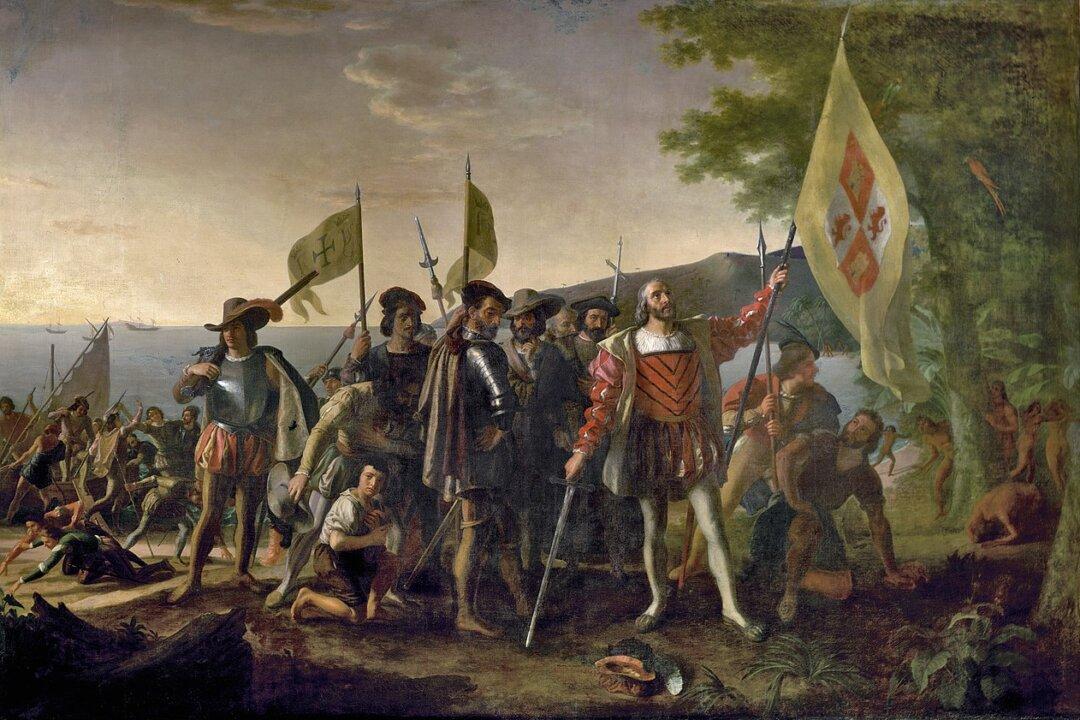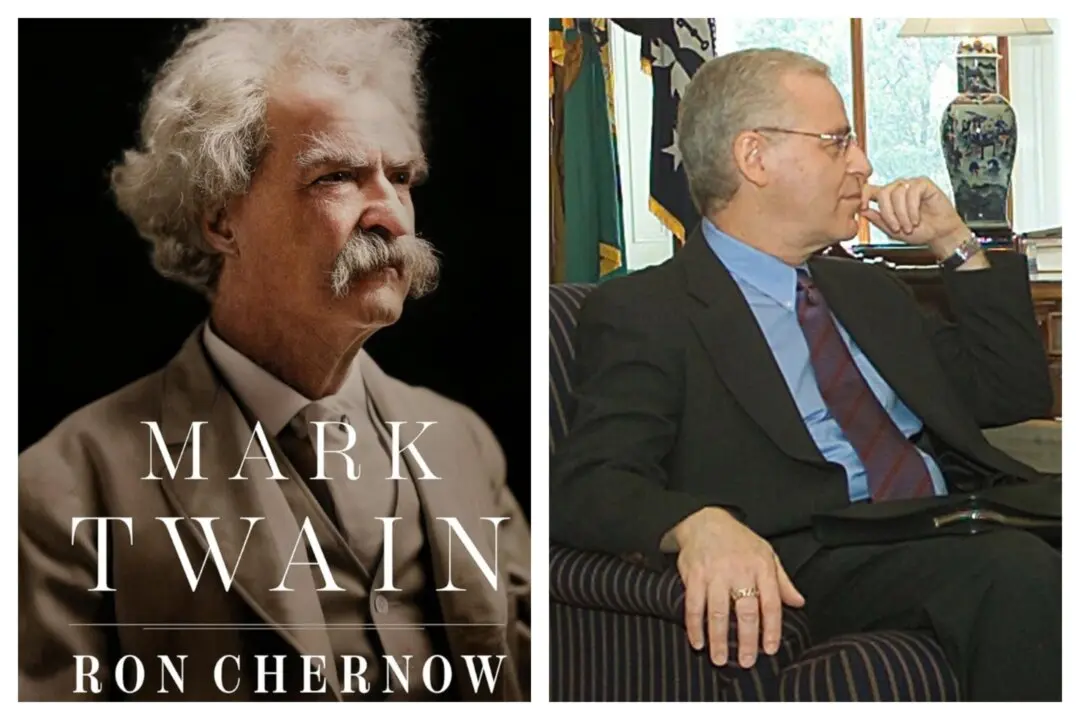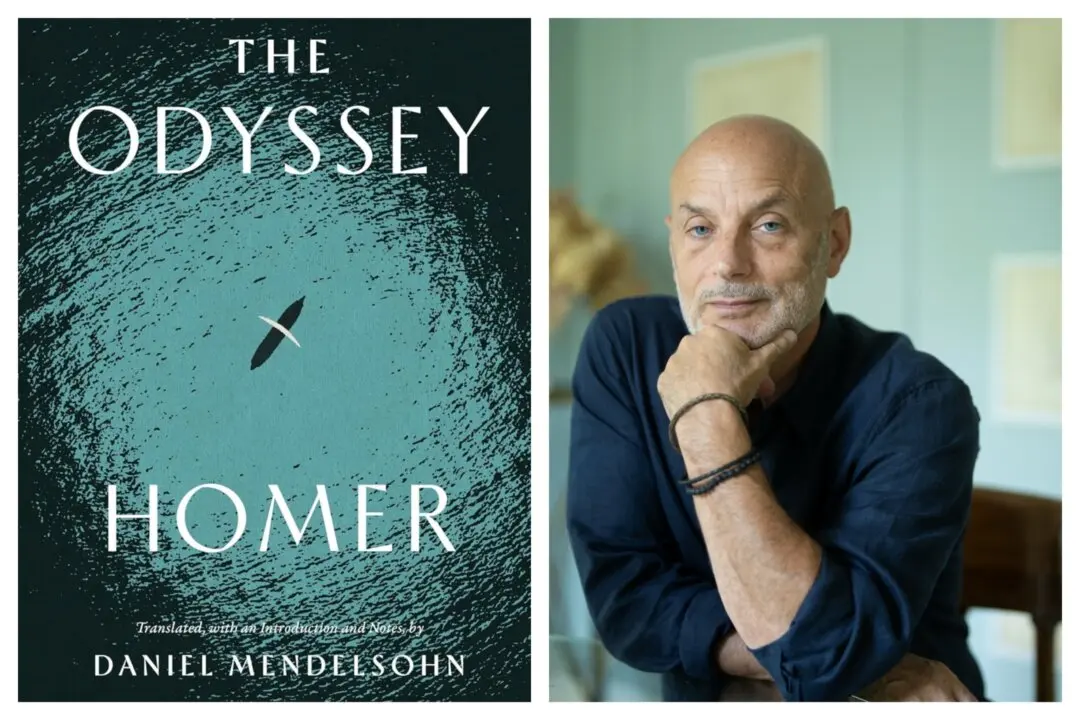“An age will come / after many years when the Ocean / will loose the chains of things, / and a huge land lie revealed; / when Tiphys [helmsman of the Argonauts] / will disclose new worlds / and Thule [Iceland] no more be the ultimate.”
These lines are from the first century Roman Seneca in his play “Medea.” They were viewed by many to be prophetic: a prophecy that one day someone would discover “new worlds” somewhere across a world of ocean.






